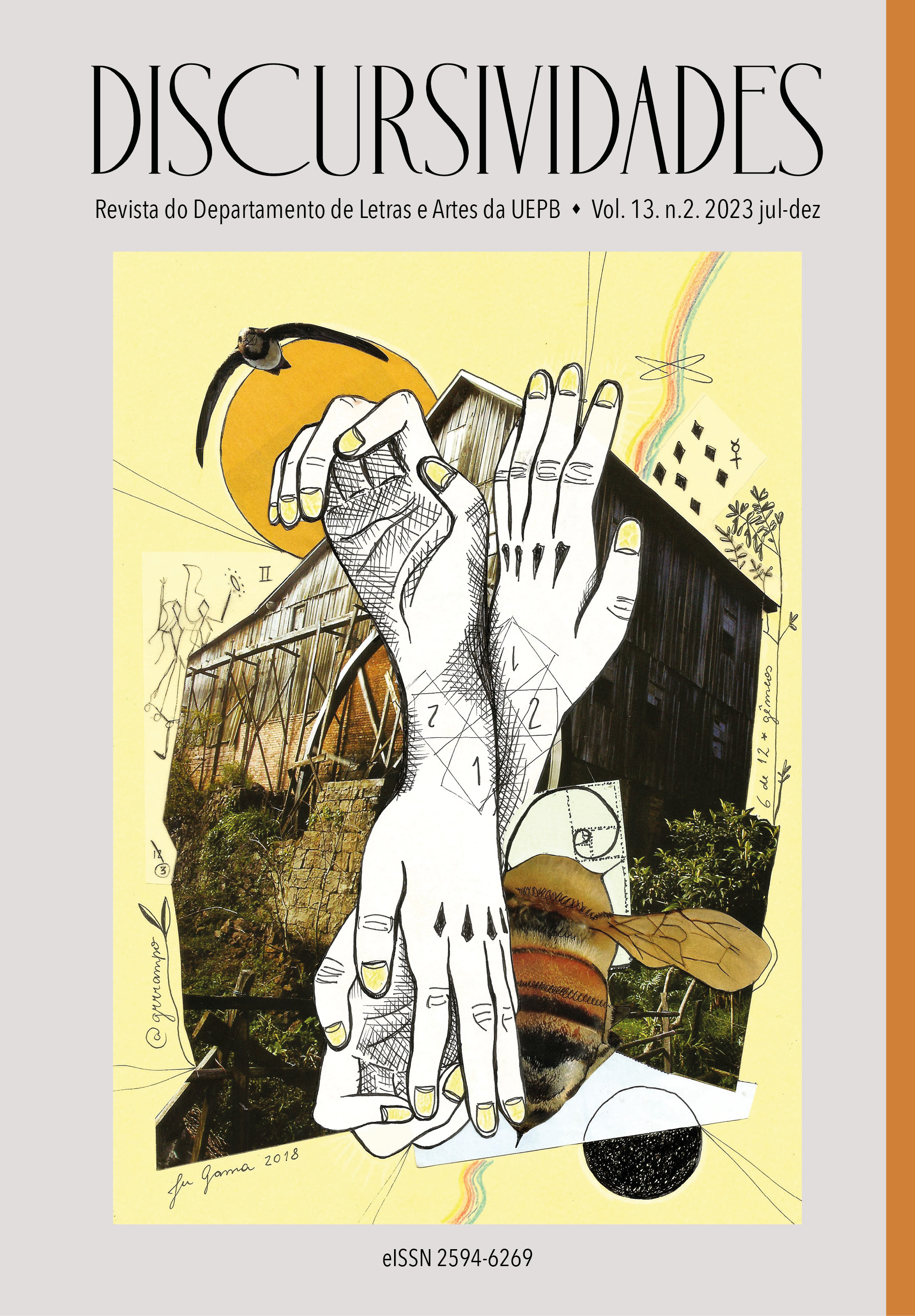Tatoo - from the underworld to 'art' - practices of subjectivation inscribed in the skin
DOI:
https://doi.org/10.29327/256399.13.2-6Keywords:
Tattoo, Art, Subject/subjectivationAbstract
In a plural society, we constantly undergo a great adaptive social change. Therefore, in this work, we will investigate, in the discursive practice of tattooing, how subjects break out new ways of seeing themselves and new styles of living. For this investigation, we will analyze Instagram profiles of tattoo artists who were active in 2023. The question that instigates us is about writing on the body (tattooing) as a discursive practice that not long ago fought against the various forms of objectification and exclusion, but which, at the same time, gained bodies through self-for-self techniques traversed by the discourse of art. The theory that helps us is the Foucauldian discursive analysis. The choice is justified due to the fact that she accepts that the process of subjectivation must be understood as reflected and voluntary practices that not only establish rules of conduct, but also seek to transform and modify herself in her singularity, making her life a bearer work. of certain aesthetic values corresponding to certain style criteria.
References
BAUMAN, Zygmunt. Identidade: entrevista à Benedetto Vecchi. Rio de Janeiro: J. Zahar Editor, 2005.
BRETON Le, David. Sinais de identidade: tatuagens, piercings e outras marcas. Trad. Tereza Frazão. Lisboa: Miosótis, março, 2004.
COURTINE, J. J.; CORBIN, A.; VIGARELLO, G. História do corpo. Petrópolis, RJ: Vozes, 2009. v. 3: As mutações do olhar: século XX.
FERNANDES, C. A. Discurso e sujeito em Michel Foucault. São Paulo: Intermeios, 2012.
FOUCAULT, M. Microfísica do poder. Tradução de Roberto Machado. 14ed. Rio de Janeiro: Edições Graal, 1979 .
FOUCAULT, M. História da sexualidade 3: o cuidado de si. Rio de Janeiro: Edições Graal, 1985.
FOUCAULT, História da sexualidade 2: o uso dos prazeres. Tradução Maria Thereza da Costa Albuquerque. Rio de Janeiro: edições Graal, 1984.
FOUCAULT, M. Resumo dos cursos do collége de france (1970-1982); trad. Andréa Daher. Rio de Janeiro: Jorge Zahar, 1997.
FOUCAULT M. A hermenêutica do sujeito. Tradução de Márcio Alves Fonseca e Salma Tannus Muchail. São Paulo: Martins Fontes, 2004.
FOUCAULT, M. A ordem do discurso. 20ed. São Paulo: Loyola, 2010.
GREGOLIN, R. Foucault e Pêcheux na análise do discurso: diálogos e duelos. São Carlos, SP: Claraluz, 2004.
MACHADO, R. Por uma Genealogia do Poder. In: Microfísica do poder. Tradução de Roberto Machado. 14ed. Rio de Janeiro: Edições Graal, 1979.
MARQUES, T. O Brasil tatuado e outros mundos. Rio de Janeiro: Rocco,1997.
ORLANDI, Eni P. À flor da pele: indivíduo e sociedade. In: MARIANI, Bethania (Org.). A escrita e os escritos: reflexões em análise do discurso e psicanálise. São Carlos, SP: Claraluz, 2006, p. 21-30.
ORTEGA, F. O corpo incerto: corporeidade, tecnologias médicas e cultura contemporânea. Rio de Janeiro: Garamond, 2008.
PIRES, B. F. O corpo como suporte da arte: piercing, implante, escarificações, tatuagem. São Paulo: Senac, 2005.
RAMOS, C. M. A. Teorias da tatuagem: corpo tatuado: uma análise da loja Stoppa Tatoo da Pedra. Florianópolis: UDESC, 2002.
Downloads
Published
How to Cite
Issue
Section
Categories
License
Copyright (c) 2023 Edileide Godoi

This work is licensed under a Creative Commons Attribution 4.0 International License.
Authors who publish in this journal agree to the following terms:
a) Authors retain copyright and grant the journal the right of first publication. The articles are simultaneously licensed under the Creative Commons Attribution 4.0 International Public License (CC BY 4.0) which allows the sharing of the work with acknowledgment of its authorship and initial publication in this journal.
b) Discursividades journal offers immediate free access to its content, following the principle that making scientific knowledge available to the public free of charge provides greater global democratization of knowledge.






